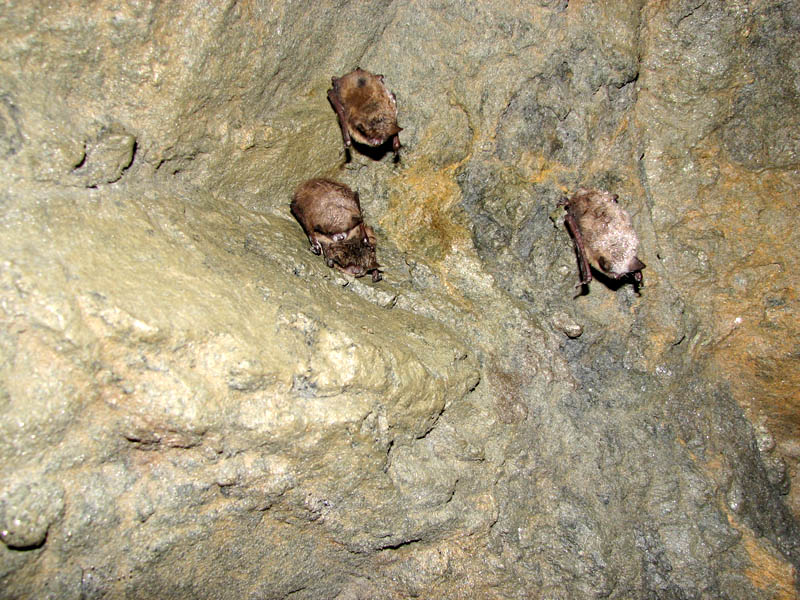
Since the first photograph of bats with white muzzles in Albany, NY, was published, hibernating bat populations in the northeastern U.S. have been devastated by an emerging disease, White-Nose Syndrome (WNS), which continues to spread throughout the United States and now has been found in two Canadian provinces. Bats suffering from WNS are emaciated with little or no body fat and have a characteristic white fungal growth on their wing membranes, ears and muzzles. Instead of hibernating all winter, these bats can be seen active in the snow, when there is virtually no food available.
The infectious agent that responsible for WNS is a new species of the cold-loving fungus, Pseudogymnoascus destructans (formerly, Geomyces destructans) . Currently, WNS is confirmed either through histological analysis or by fungal culture. Both of these techniques have significant limitations. First, they have turnaround times of at least one week. Secondly, they require large amounts of tissue sample from affected bats, more than can be reasonably taken from live bats. Histological analysis is a laborious process that requires highly skilled and trained personnel. Fungal culture can be difficult because bats harbor many bacteria and fungi, and getting a pure culture of a causative organism is not simple. Furthermore, researchers need a quick method for assessing spread of the disease that can provide results quickly.
Polymerase Chain Reaction (PCR), already used for a host of diagnostic tests in humans, plants and animals, is a logical choice. In a paper published in the Journal of Veterinary Diagnostic Investigation, Lorch and colleagues design and evaluate a PCR-based diagnostic method for WNS. They compare the PCR method to a fungal culture method and the “gold standard” traditional histological analysis. Continue reading “PCR-Based Diagnosis Wins by a Mile In the White-Nose Syndrome Race”
